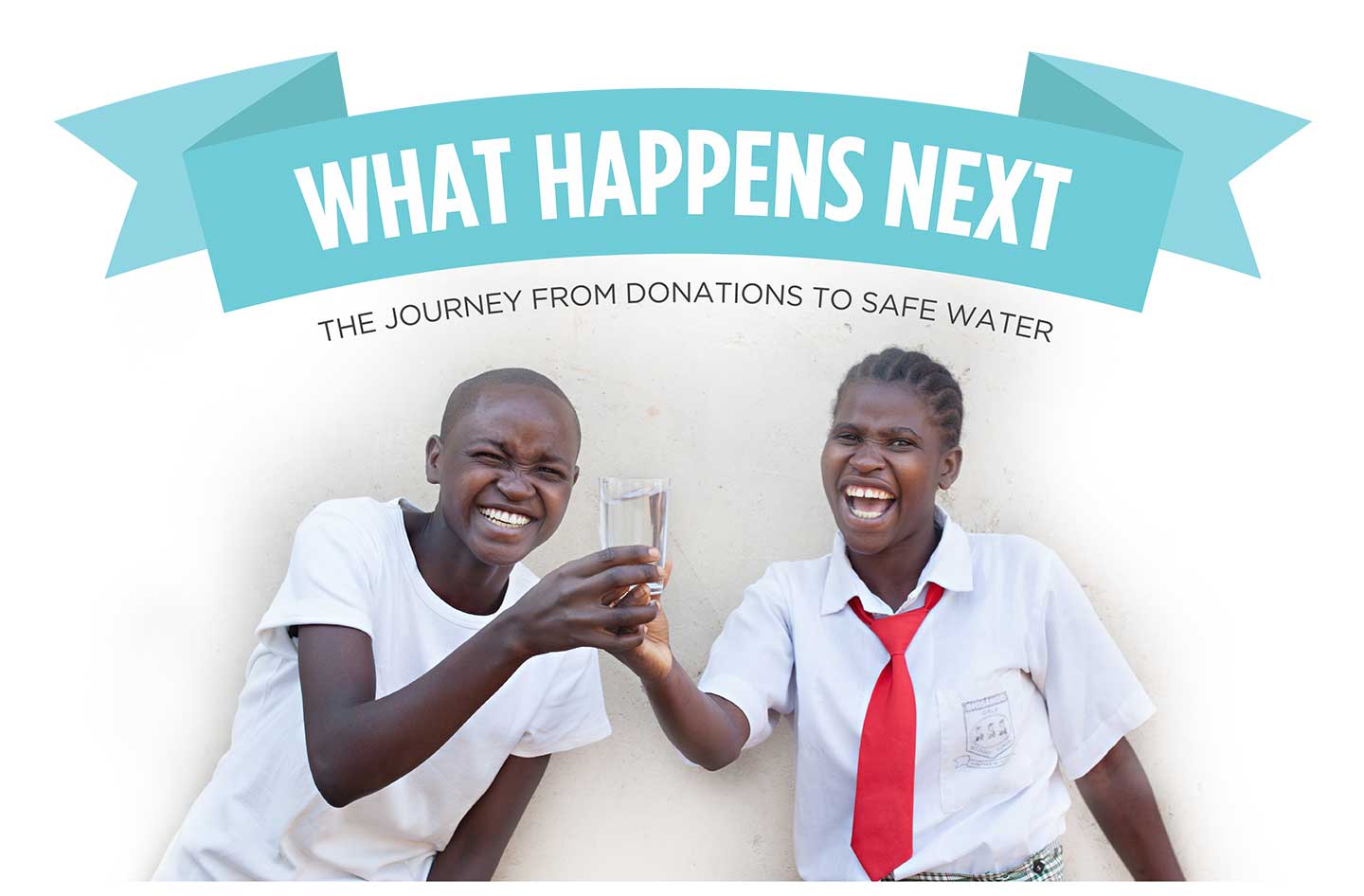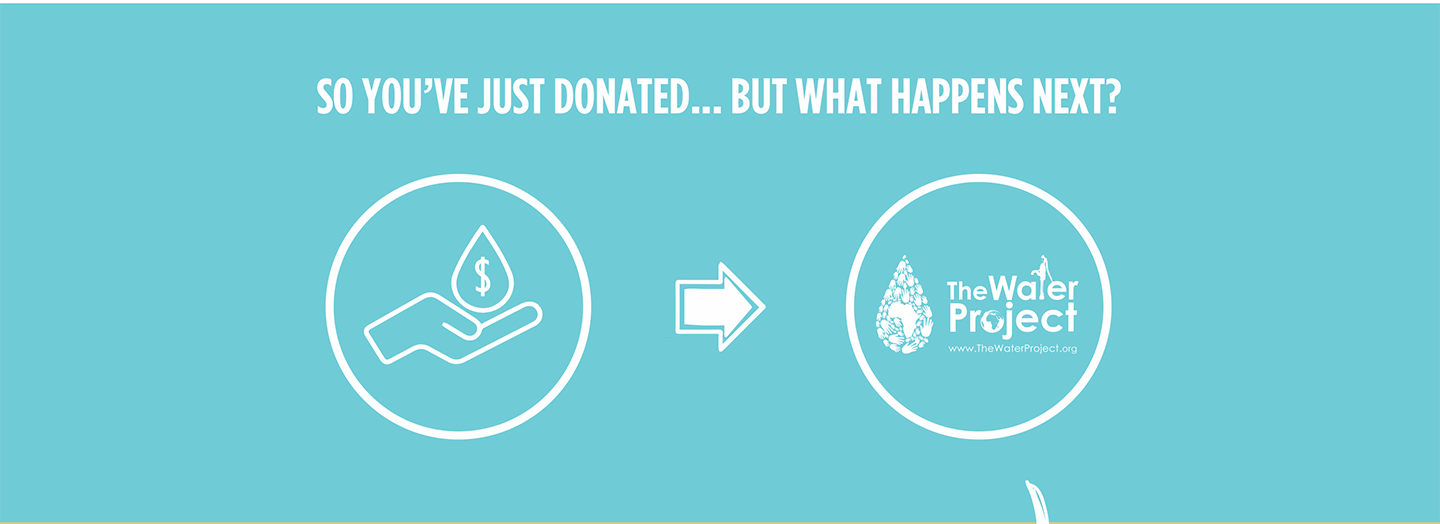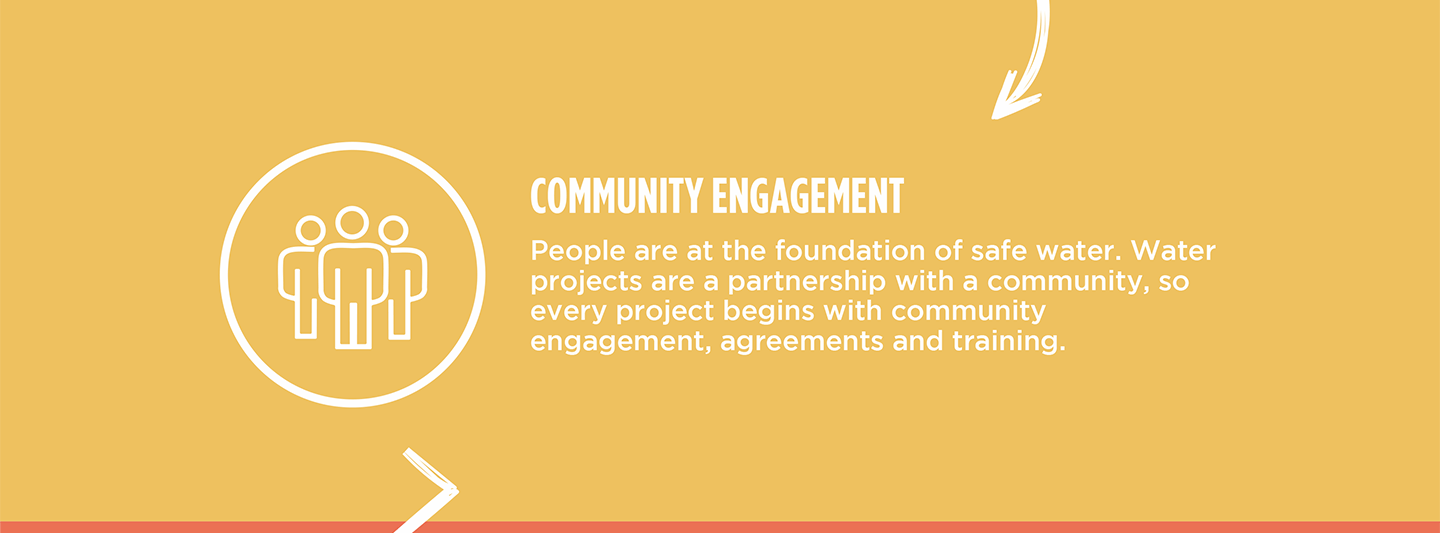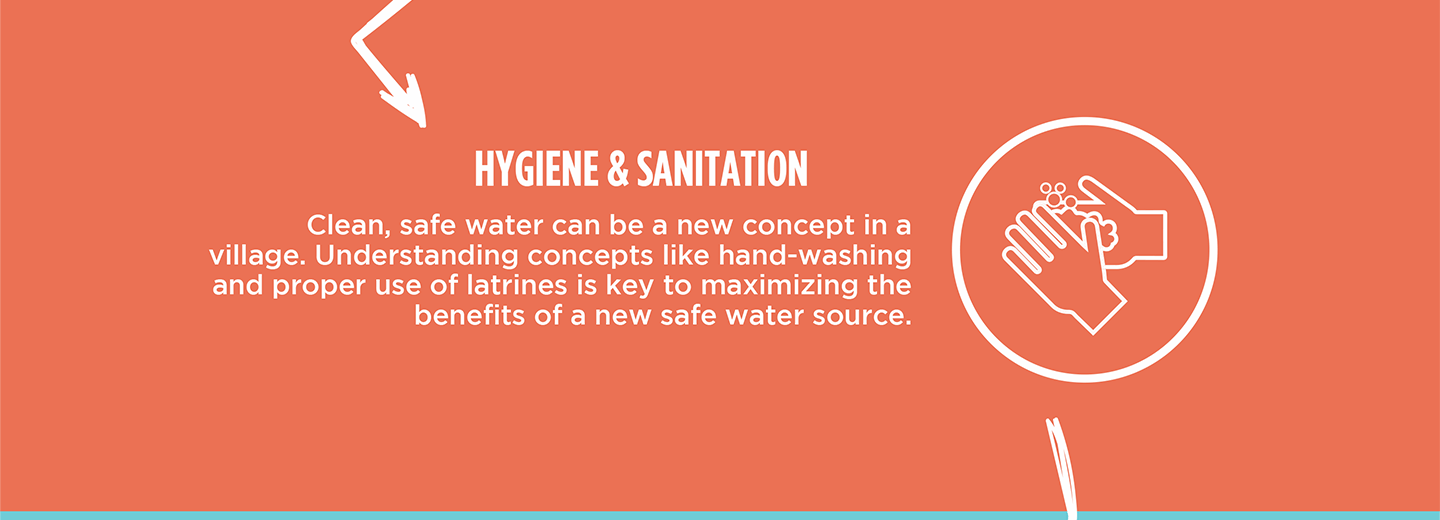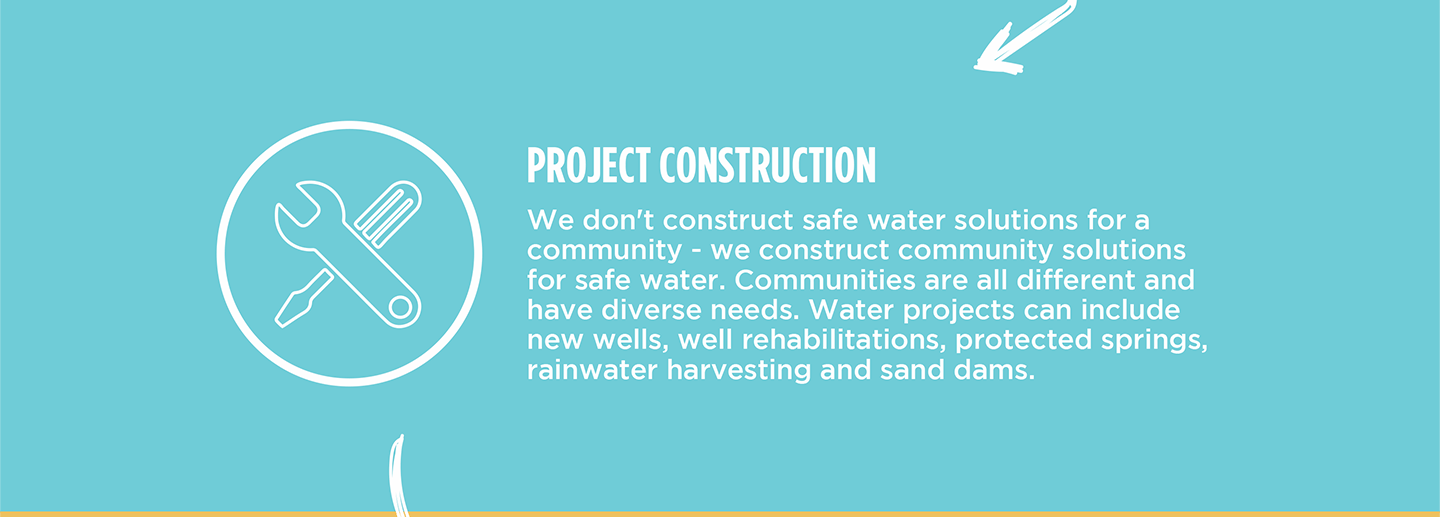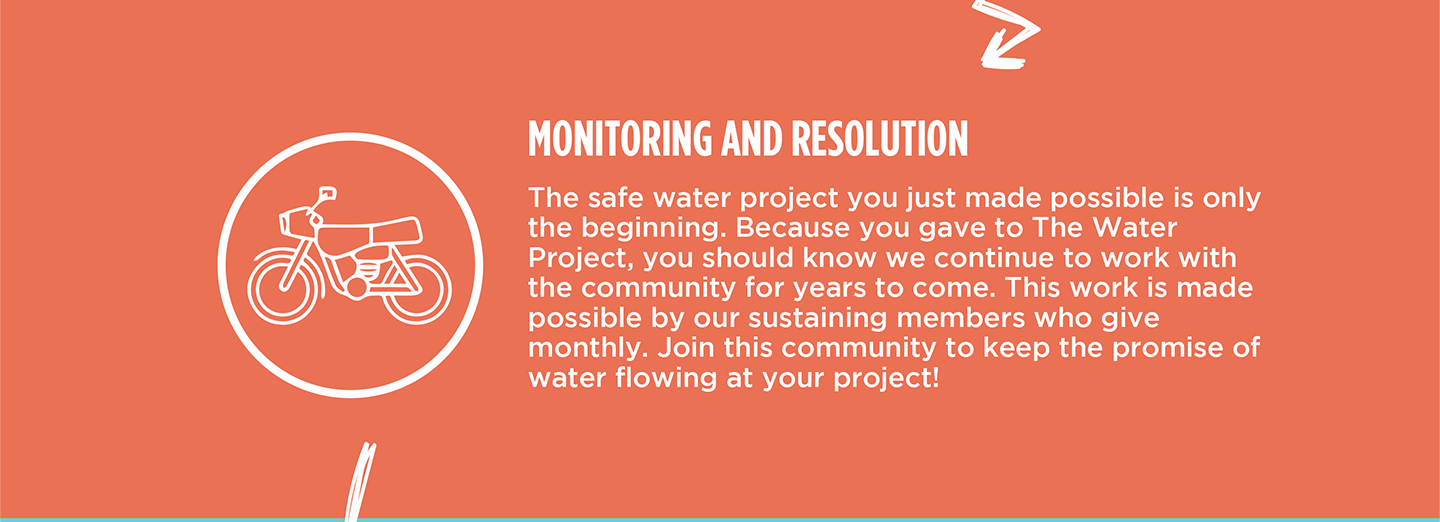The Sundulo Community is home to one hundred and forty residents, all of whom rely on the Joseph Lichungu spring. However, the naturally flowing spring is overcrowded, contaminated, and in a state of disrepair.

Field Officer Jonathan Mutai said of the spring, "One has to step in water to collect water. The waterpoint is currently in [a] bad state. Accessing it [is] very difficult because there's no longer [a] staircase to the waterpoint, hence risking water users from possible sliding [or] going [into the] water. There is no cut-off drainage, so runoff water deposits all agents of contaminants into the water source, thus making water users unsafe and [at] risk [of] contracting waterborne and water-related ailments."
Everyone feels the symptoms of the community's water crisis. 13-year-old Avender feels them daily.

Avender.
"The waterpoint is very exposed, and some community members take their cows to drink water there, hence contaminating the water source. Stepping in water in order to draw water affects users' health, as many have been complaining of their feet itching," Avender observed.

As Avender described, accessing the waterpoint is treacherous if you want to avoid stepping in the stagnant water, which is a breeding ground for disease-ridden mosquitoes and skin irritants.

Community members collect water from the stream due to overcrowding at the spring.
"I have been a victim of waterborne ailments. It was during [the] rainy season, and our routine of boiling water was not consistent during that season, as we could not find dry firewood easily. Instead, we drank water without boiling," she said.
"When I was sick, I was too weak to eat. Every time I put anything to eat in my mouth, I could start vomiting. Also, I could feel [like] playing with my friends, but I was too weak," she recalled vividly.
She described how her parents cared for her, "At first, they gave me pain killers which gave me good sleep that night, but [in the] morning hours, I had severe pain in my stomach. That is when my parents took me to [a] health care center for medication."

Community members wait for their chance to collect water.
The time spent recovering is time spent out of the classroom. Even if she was well enough to study, the journey is too exhausting to make when suffering from Typhoid.
"Schools here are quite a distance. So when one is sick, the good option is to be at home because you may go for you to be overwhelmed by illness while on the way or when at school," Avender explained.
We asked her how collecting water at the spring made her feel. Avender shared, "Currently, I hate going for water simply because of poor access to and out of the water point. Imagining stepping on water in order to draw water, especially when it is cold, makes me hesitant when sent for water."

Protecting the spring will transform daily life in Sundulo — freeing Avender and her neighbors from disease, restoring safe access to clean water, and giving children the chance to grow, learn, and dream without fear.
Steps Toward a Solution
Our technical experts worked with the local community to identify the most effective solution to their water crisis. They decided to safeguard the existing flowing spring.
Spring Protection
Springs are natural water sources that originate from deep underground. As water travels through various layers of the earth, it undergoes a natural filtration process, making it cleaner and safer to drink. To protect these spring sources from contamination, we construct a waterproof cement structure around layers of clay, stone, and soil. This design channels the spring water through a discharge pipe, facilitating easier, faster, and cleaner water collection.
Chlorine Dispenser
As an extra measure towards water quality safety, uniquely engineered chlorine dispensers are installed at all of our spring protection projects so community members can treat their water with pre-measured doses of chlorine. The chlorine treats any possible contamination and stays active for two to three days, ensuring water stays safe to use even when stored at home. Chlorine delivery and maintenance of the dispensers are part of our ongoing community support.
Community Education & Ownership
Hygiene and sanitation training are integral to our water projects. Training is tailored to each community's specific needs and includes key topics such as proper water handling, improved hygiene practices, disease transmission prevention, and care of the new water point. Safe water and improved hygiene habits foster a healthier future for everyone in the community. Encouraged and supported by the guidance of our team, a water user committee representative of the community's diverse members assumes responsibility for maintaining the water point, often gathering fees to ensure its upkeep.

 Protected Spring
Protected Spring
 Rehabilitation Project
Rehabilitation Project










